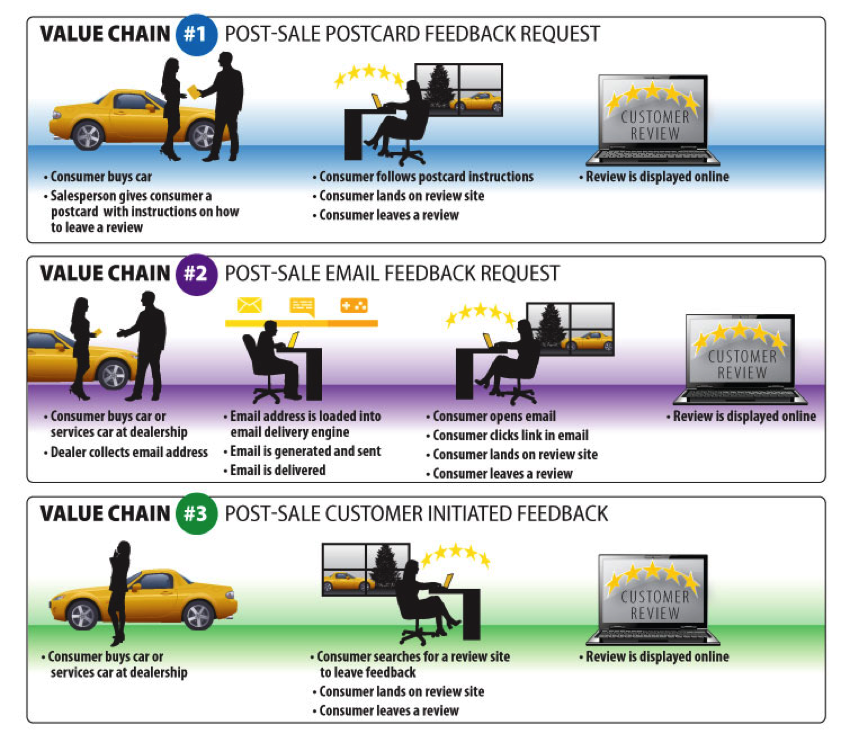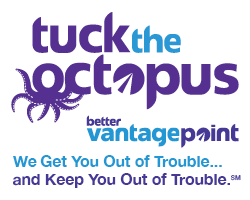Reputation Management is evolving very quickly.
Nearly 3 years ago, Google introduced Local Listings and, with it, the corresponding signals pointing to the increased value of consumer sentiment.
The importance of reviews and social engagement has never been higher. Dealerships have flocked to solutions of various types; some partially supported by vendors, others supported by complete platforms.
As I’ve previously posted, the definition of Reputation Management is vital to understand before a dealership adopts a reputation strategy or chooses a reputation partner. For those that understand this, the art of reputation can actually be boiled down to simple science.
Most solutions deploy a “value chain” approach to influencing customers, regardless of whether or not they are aware of it. This same approach applies to both leaving reviews and engaging via social media.
All reputation processes (whether internal or external) can be broken down by value chain.
Here are some examples:

See a pattern?
My point here is that Reputation Management is a science. No matter what a dealership’s current strategy may be, every dealership can measure success and ensure specific goals are met.
Below is a chart that we recently shared with a review site interested in understanding more about Reputation Management solutions. Basically, it shows conversion rates for each review site as measured through Prime Response. No matter which value chain is being deployed, we always seek to understand conversion. In terms of Reputation Management, this is defined by the successful generation of a consumer review. We measured this by taking all of the traffic sent to each review site vs. the final step of the necessary value chain, review display.
Take a look…

Questions:
Are you measuring your review conversion?
..If so, what does your review conversion rate look like?
What Value Chain are you using to obtain dealership reviews?
What do you think of the conversion numbers above?







